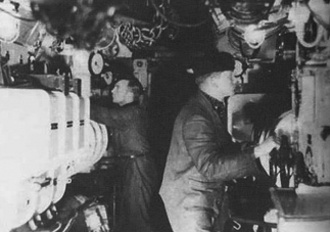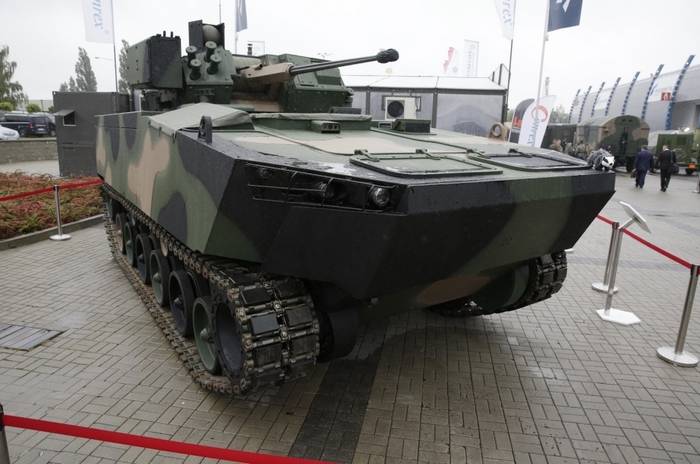
World War II submarine equipment
U 67 in the South Atlantic. Observers look at the horizon, divided into four sectors, in good weather in the fall of 1941.
The ability to conduct submarine warfare - the fight against enemy surface ships and transporters - depended to the greatest extent on the ability to detect a target. It was no easy task, especially in the endless, endless waters of the Atlantic, for watchers from a low ship's kiosk in front of their own eyes. The Germans for a long time did not know about the start of a technical war by the Allies. When U-boat commanders became convinced in 1942 that they were being pursued by an invisible enemy, German scientists began a frantic effort to develop electronics. But by the time most newly built U-boats were dying on their first patrols, ignorant of the Allied radio targeting system, Enigma decryption, and the existence of groups hunting them, nothing could have prevented the defeat of German U-boats.
Devices for monitoring the eyes.
At the beginning of the Great Patriotic War, the main method of observation and detection by submarine crews was continuous visual observation of the horizon, divided into four sectors, carried out regardless of weather conditions, time of year and day by four observers on the conning tower platform. On these people, specially selected with the best eyesight, carrying a four-hour watch, the possibility of success depended no less than the release of a submarine with life. Binoculars Carl Zeiss 7x50 (1943x magnification) with excellent optical properties made it possible to detect the shadow from the top of the mast on the horizon as early as possible. However, in stormy conditions, in rain or frost, the big problem was the susceptibility of binoculars to wet glasses with water splashes, as well as mechanical damage. For this reason, the kiosk should always have spares, dry, ready for immediate use, to be provided to observers in case of replacement; without operational binoculars, the observers were "blind". Since the spring of '8, U-Butwaff has received a small number of new, modified 60×XNUMX binoculars, with an aluminum body (green or sandy), with rubber covers and replaceable moisture-proof inserts. Because of their small numbers, these binoculars became known as "submarine commander's binoculars", and due to their superior performance, they quickly became a highly coveted trophy for commanders of allied submarine hunting units.
periscopes
In 1920, the Germans founded the NEDINSCO (Nederlandsche Instrumenten Compagnie) company in the Netherlands, which was actually a disguised subsidiary of the German company Carl Zeiss from Jena, an exporter of military optical equipment. From the beginning of the 30s. NEDINSCO manufactured periscopes at the Venlo plant (a planetarium tower was also built for this). From U-1935, built in 1, to 1945, all submarines were equipped with company periscopes: small coastal units of type II with one combat, and larger, Atlantic units of types VII, IX and XXI - with two:
- an observation unit (front) operating from the headquarters of the Luftziel Seror (LSR) or Nacht Luftziel Seror (NLSR);
- combat (rear), controlled from the kiosk Angriff-Sehrohr (ASR).
Both periscopes had two magnification options: x1,5 (the size of the image seen by the "naked" eye) and x6 (four times the size of the image seen by the "naked" eye). At periscope depth, the upper edge of the conning tower was about 6 m below the water surface.
